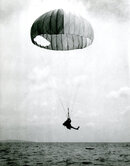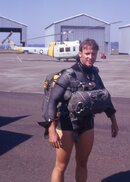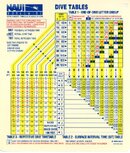Ayisha
Contributor
Well over half a century indeed. Well over a century in fact since the Montessori pedagogy is a Mastery based approach with a highly sequenced curriculum in all subject areas. Students individually demonstrate mastery in a variety of ways (which are observed and tracked) prior to moving on. Lessons begin with a student demonstrating mastery of a prior lesson.The term "master" or "mastery" in education is based on "mastery learning," a concept that has been in education for well over a half century and is most closely associated with Dr. Benjamin Bloom. You can get a description of it here.
Your neighbourly Montessori teacher. Carry on.






